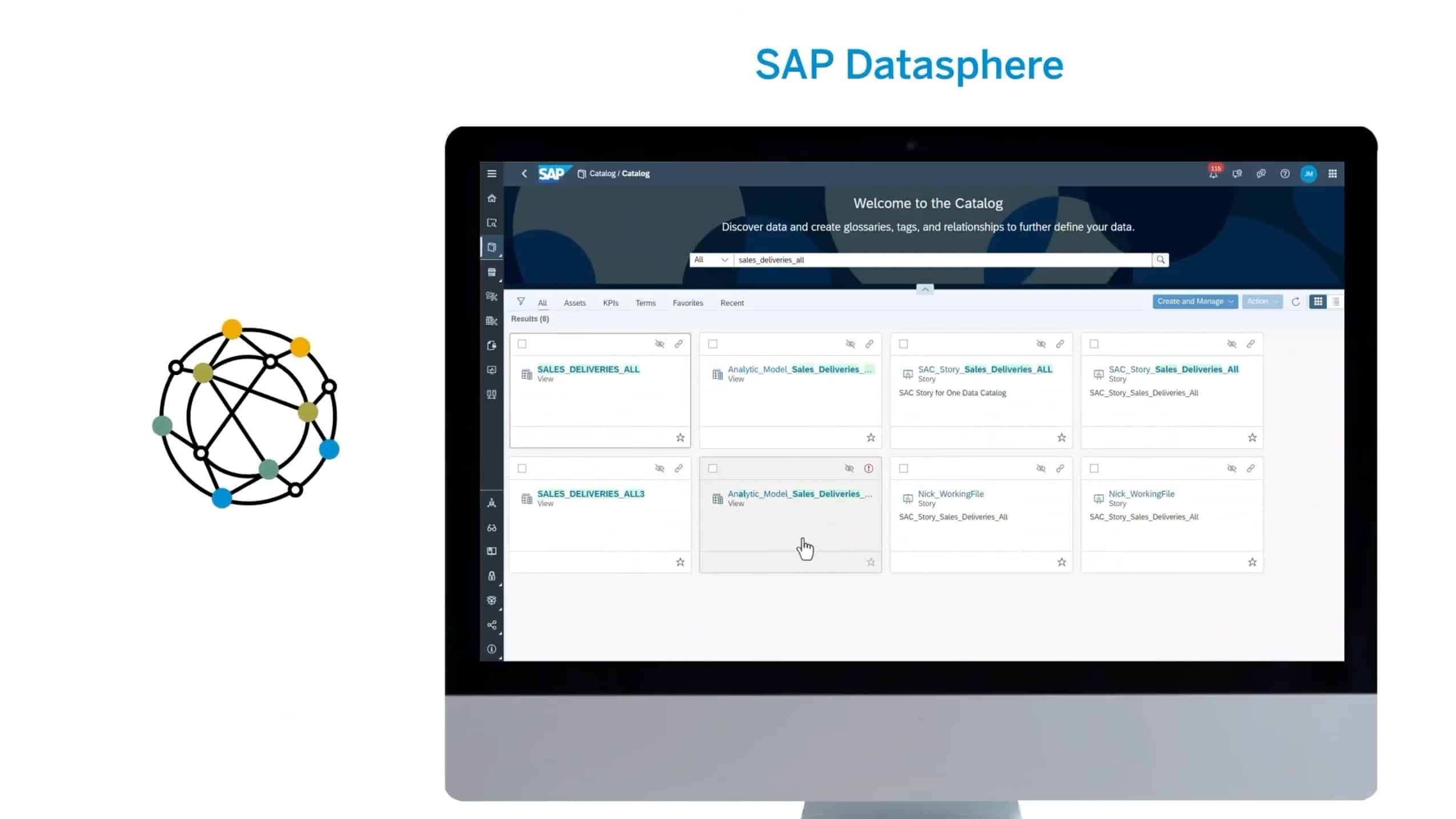New Datasphere features allow companies to discover hidden patterns and improve their planning and scheduling activities.
SAP launched Datasphere a year ago as the successor to its Data Warehouse Cloud and now thinks it’s time for a major update. Many of Data Warehouse Cloud’s users have automatically transitioned to Datasphere, but SAP’s new datafabric is still struggling to gain more adoption. So we discussed its progress and new update with SVP Solution Management & Product Marketing Dan Yu.
Yu explained that the update gives Datasphere more capabilities to better address questions around the critical business processes running in SAP. Companies want to use AI in their processes, are already doing so or want to do so more. For example, AI allows them to automate processes.
Good data is crucial to realizing AI in critical business processes. With that data, a company can automate and analyze everything as correctly as possible. That’s where Datasphere comes in. With a semantic layer, it can add business context and information from SAP systems to all types of data. This makes the data more complete and logical. In doing so, Datasphere also uses a model that understands the relationships between different data.
Also read our article around the unveiling of Datasphere, where we discuss how Datapshere works.
Knowledge graph
The operation of Datasphere is being expanded today with the introduction of the ‘knowledge graph’. This feature makes it easier to understand how data is used within an organization, by linking to other graph databases. One can then see the difference between the data from Datasphere, the SAP HANA databases, and others. By bringing this more together, companies can better feed their models with context and knowledge, improving the outcomes of the models.
Datasphere automatically creates a knowledge graph containing the relationships between data, metadata, and business processes. This allows companies to uncover hidden insights and patterns between applications and systems and improve the effectiveness of models.
Yu shares a real-world example of how this feature can work. Suppose a company uses SAP systems to run supply chain processes. Such a company may want to link to marketing data from another system. That link may help determine whether the marketing campaign needs to be adjusted to optimize the supply chain further. Thus, connections that were difficult to see before become visible.
Compass
The second major new feature to improve the data fabric is the ‘compass’ that works with the linked SAP Analytics Cloud. This feature builds on the Monte Carlo simulations that users know from previous SAP tools. Such a simulation uses data to predict business scenarios. This can be useful for forecasting a retailer’s inventory, for example. This involves simulating different scenarios to determine the impact of an event.
However, realizing simulations with the Monte Carlo function was a time-consuming task. Often, knowledge of statistics or finance is required for simulations in order to assess and include the necessary variables. Sometimes, thousands of variables affect a simulation.
With the further development of AI models, SAP has further automated this work. The AI uses the data in Datasphere to create accurate simulations. It is possible to evaluate the outcomes of certain decisions through a chat interface. In doing so, it can quickly adjust various variables to create a plan that works for the company.
SAP envisions this will eventually bring financial, operational, supply chain and workforce planning together more effectively. To do this, the compass function connects directly to SAP applications and third-party data.
Joule and AI Governance
SAP has two additional new updates to support companies in optimizing their data landscape further. First, there is a role for the generative AI assistant Joule, which can now be used for business intelligence. SAP’s chatbot can help create reports and dashboards. This uses SAP HANA Cloud’s vector engine, which allows Joule to take additional account of the business context of data. Until now, for example, Joule saw utility in assisting in writing code and supporting HR work, but new use cases are being added today. For example, Joule in Analytics Cloud can support procurement staff or sales representatives with analytics.
Tip: SAP adds vector datastore to HANA Cloud database
The final feature that promises to make Datasphere more interesting is an enhanced collaboration with Collibra. That vendor’s data catalogue tool was one of Datasphere’s launch partners last year. The integration gives companies an overview of all the data they own. It also reveals the connections between the data. That integration is now complemented by linking Collibra’s AI Governance framework with SAP assets. This brings additional data governance capabilities: companies can use the integration to govern AI policies and processes. This way, government regulations and corporate policies around AI should be enforced.
With the new features, there are enough innovations to continue using Datasphere as a basic architecture for the age of AI.
